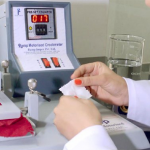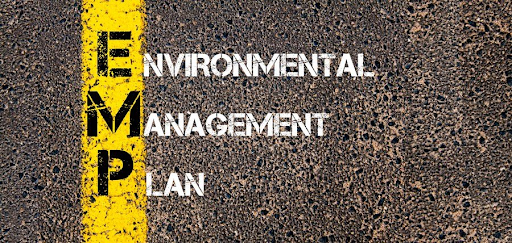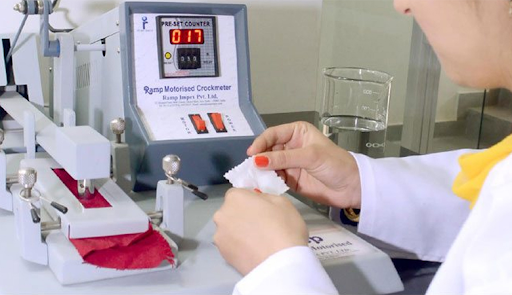
Introduction
Fabric testing is a critical process in the textile industry, ensuring that fabrics meet quality standards, regulatory requirements, and customer expectations. Whether you are a manufacturer, designer, or retailer, choosing the right fabric testing laboratory is paramount to the success of your products. This article will guide you through the process of selecting a reliable testing partner that aligns with your specific needs.
The Importance of Fabric Testing
Fabric testing plays a pivotal role in assessing the performance, safety, and overall quality of textile materials. It helps identify potential weaknesses, confirms compliance with industry regulations, and guarantees that the fabric is suitable for its intended purpose. By investing in fabric testing, you can avoid costly product recalls, protect your brand reputation, and ensure customer satisfaction.
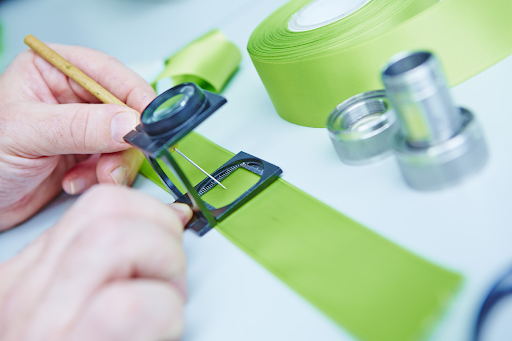
Understanding Different Types of Fabric Testing
Strength and Durability Testing
Strength and durability testing assess the fabric’s ability to withstand wear and tear. It involves tests like tensile strength, tear resistance, and abrasion resistance, providing insights into the fabric’s lifespan and performance under various conditions.
Chemical Testing
Chemical testing ensures that the fabric is free from harmful substances such as heavy metals, formaldehyde, and azo dyes. Compliance with chemical standards is vital, especially for products intended for sensitive skin or children.
Flammability Testing
Flammability testing evaluates the fabric’s reaction to fire and heat sources. This test is crucial for products like bedding, upholstery, and clothing to prevent potential fire hazards.
Colorfastness Testing
Colorfastness testing checks the fabric’s resistance to fading, bleeding, or transferring color during washing or exposure to light. It guarantees that the fabric maintains its appearance and quality over time.
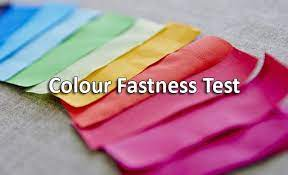
Comfort and Performance Testing
Comfort and performance testing focus on factors like breathability, moisture-wicking, and thermal regulation. These tests ensure that the fabric provides the desired level of comfort for end-users.
Selecting the Right Fabric Testing Laboratory
When choosing a fabric testing laboratory, consider the following factors:
Expertise and Accreditation
Look for a laboratory with a proven track record in fabric testing. Accreditation from relevant authorities, such as ISO or ASTM, adds credibility to their expertise.
Testing Equipment and Technology
Ensure that the lab is equipped with advanced testing instruments and follows the威而鋼
latest testing methodologies. State-of-the-art technology guarantees accurate and reliable results.
Turnaround Time
Quick turnaround times are essential in the fast-paced textile industry. Choose a lab that can deliver results within your required timeframe.
Sample Size and Testing Methods
Discuss the required sample size and the specific tests you need. A flexible lab that can accommodate your unique testing requirements is ideal.
Cost-Effectiveness
While cost is a factor, prioritize quality over price. Look for a lab that provides value for money and ensures thorough testing.
Importance of Clear Communication
Effective communication with the fabric testing laboratory is vital throughout the testing process:
Discussing Testing Requirements
Clearly communicate your testing needs, product specifications, and any regulatory standards that must be met.
Understanding the Test Results
Once the testing is complete, ensure you fully comprehend the results. Seek clarification if necessary to make informed decisions.
Addressing Potential Issues
If any issues or inconsistencies arise during testing, engage in open communication with the lab to resolve them promptly.
The Benefits of Local vs. International Labs
Choosing between a local or international lab depends on various factors, such as testing capabilities, cost, and logistics. Local labs offer faster communication and easier coordination, while international labs may have specialized expertise.
Case Studies: Real-Life Experiences with Fabric Testing Laboratories
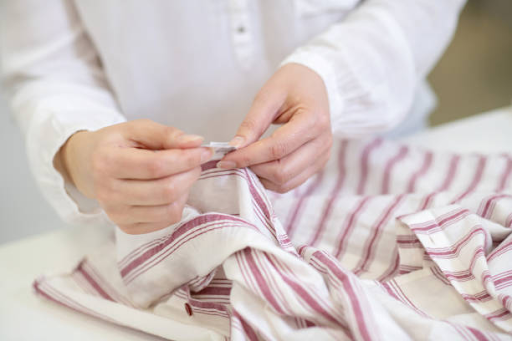
Explore case studies and testimonials from other businesses that have utilized fabric testing services. Learn from their experiences and outcomes to make an informed decision.
The Future of Fabric Testing
As technology evolves, so does fabric testing. Expect advancements in automation, artificial intelligence, and sustainable testing methods to shape the future of this industry.
Conclusion
Selecting the right fabric testing laboratory is an integral part of ensuring the quality, safety, and success of your textile products. By understanding the different types of fabric testing, considering crucial factors when choosing a lab, and maintaining clear communication throughout the process, you can establish a fruitful partnership with a reliable testing partner. This collaboration will contribute to the growth and reputation of your business in the ever-competitive textile market.
FAQs (Frequently Asked Questions)
-
Q: How often should I conduct fabric testing for my products?
A: The frequency of fabric testing depends on factors like production volume, product complexity, and industry regulations. Generally, it’s advisable to perform regular testing during product development and periodically thereafter.
2 Q: Can I conduct fabric testing in-house?
A: While it’s possible to set up an in-house testing facility, it can be expensive and time-consuming. Outsourcing to a specialized fabric testing laboratory is often more cost-effective and ensures accurate results.
3 Q: What certifications should a fabric testing laboratory have?
A: Look for laboratories accredited by recognized organizations such as ISO 17025 or ASTM. These certifications demonstrate the lab’s competence in conducting accurate and reliable fabric tests.
4 Q: How long does fabric testing typically take?
A: The duration of fabric testing varies depending on the type and number of tests required. Some tests may take a few hours, while others may take several days.
5 Q: Can fabric testing help improve product performance?
A: Yes, fabric testing provides valuable insights into product performance, allowing you to identify areas for improvement and make necessary adjustments to enhance the product’s quality and durability.

